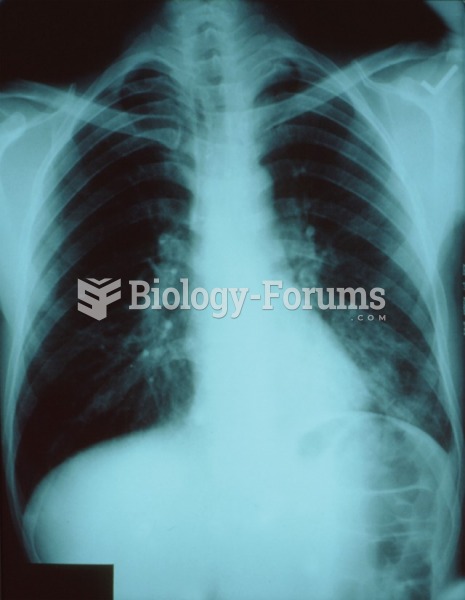Answer to Question 1
ANS: A
A. Correct response: PRVC is a dual control mode of mechanical ventilation. The therapist sets a maximum pressure limit, Vt, and mandatory rate. The ventilator delivers a test breath, and calculates system compliance and resistance. The ventilator determines the pressure needed to deliver the set volume. The ventilator performs this calculation each breath to adjust pressure delivery to accomplish volume delivery.
Because ARDS produces regional inhomogeneities, the delivered volume preferentially flows to the healthier areas of the lungs. Therefore more of the tidal volume goes to the normal lung units and overinflates them. This situation can cause overdistention and ultimately volutrauma.
B. Incorrect response: See explanation A.
C. Incorrect response: See explanation A.
D. Incorrect response: See explanation A
Answer to Question 2
ANS: C
A. Incorrect response: A leak around the ETT cuff can occur with any lung disease. Parenchymal lung disease offers no unique airway challenges in this regard.
B. Incorrect response: Air trapping, or dynamic hyperinflation, should always be a consideration for the therapist. As long as the patient is provided with a sufficiently long expiratory time, air trapping that leads to auto-PEEP should not be a problem.
C. Correct response: Gas preferentially flows along the path of higher compliance and least resistance. Therefore the delivered tidal volume will tend to overinflate the more compliant regions of the lung. Overinflation of healthy lung regions creates the potential for regional overstretching and ventilator induced lung injury (VILI) (i.e., volutrauma).
D. Incorrect response: Although this statement is true, this consideration should not be the therapist's initial concern. The focus should be on how to avoid overdistention of normal alveoli and how to prevent VILI.







